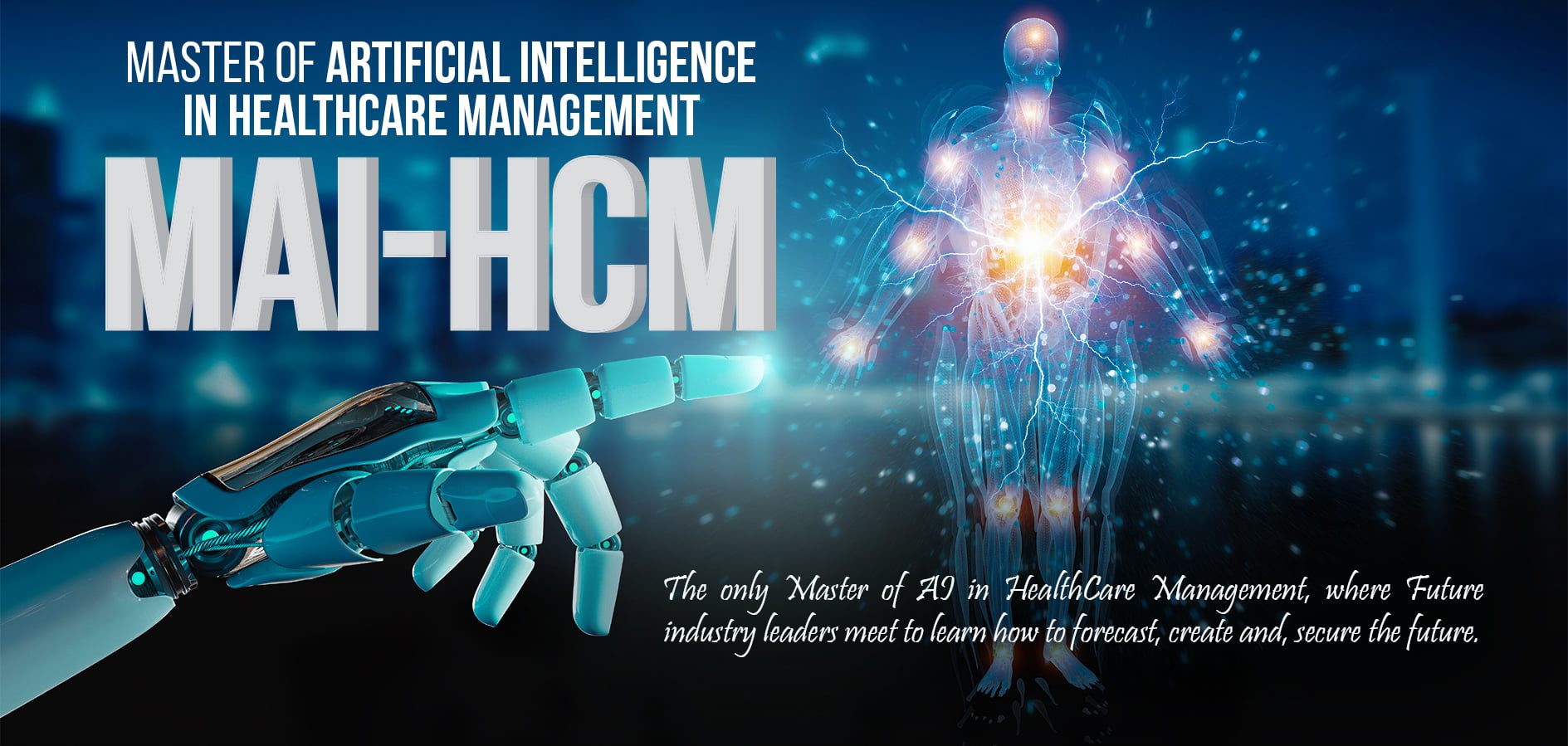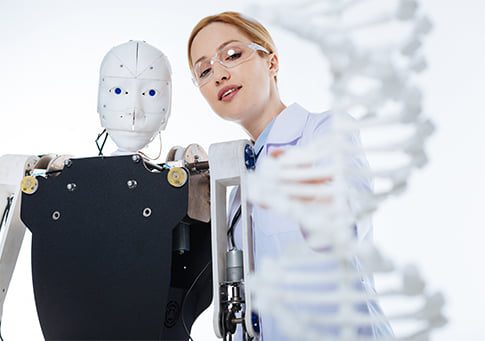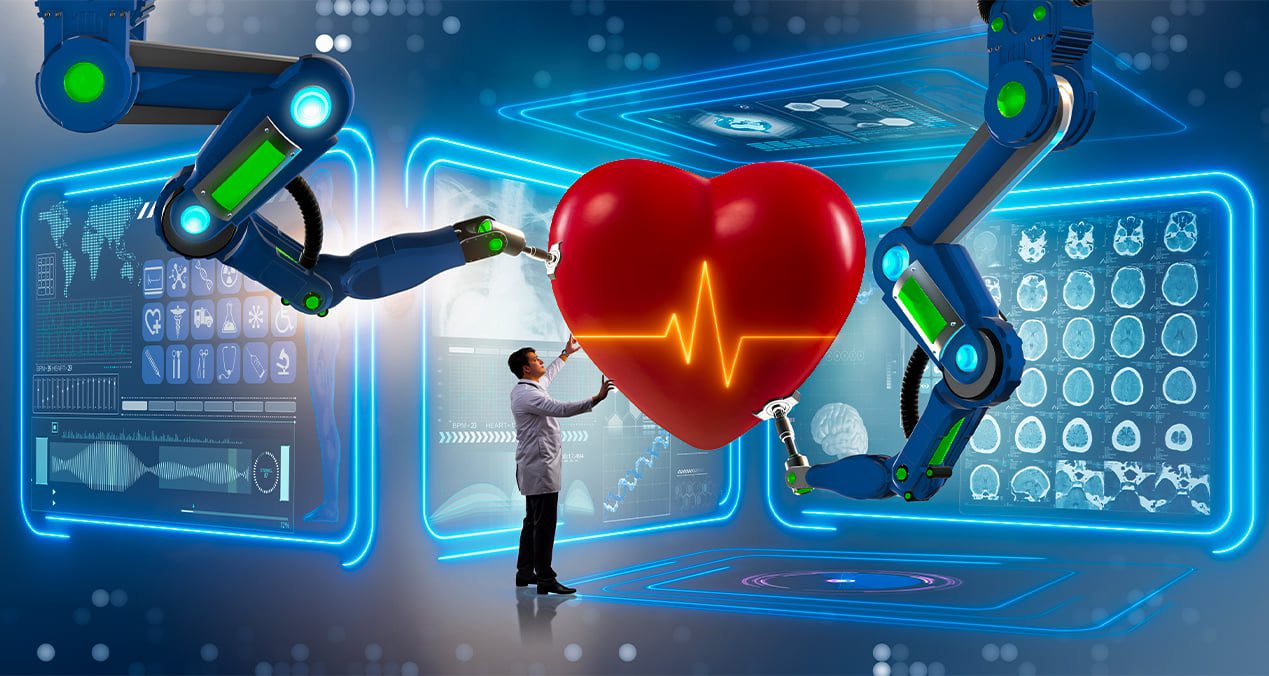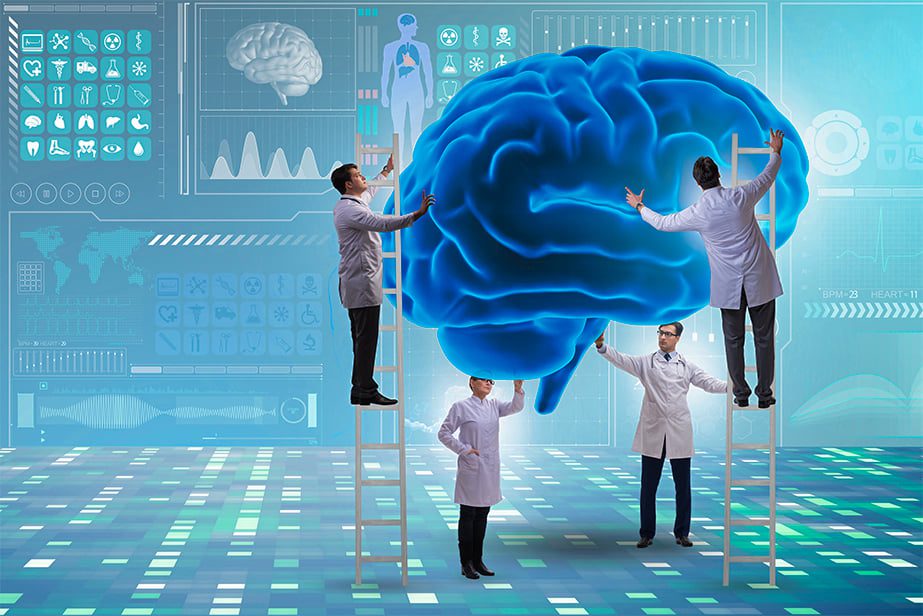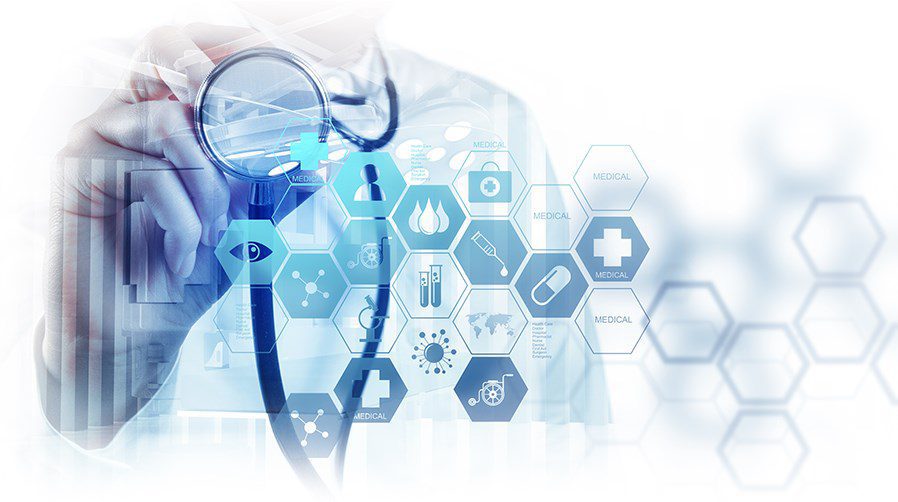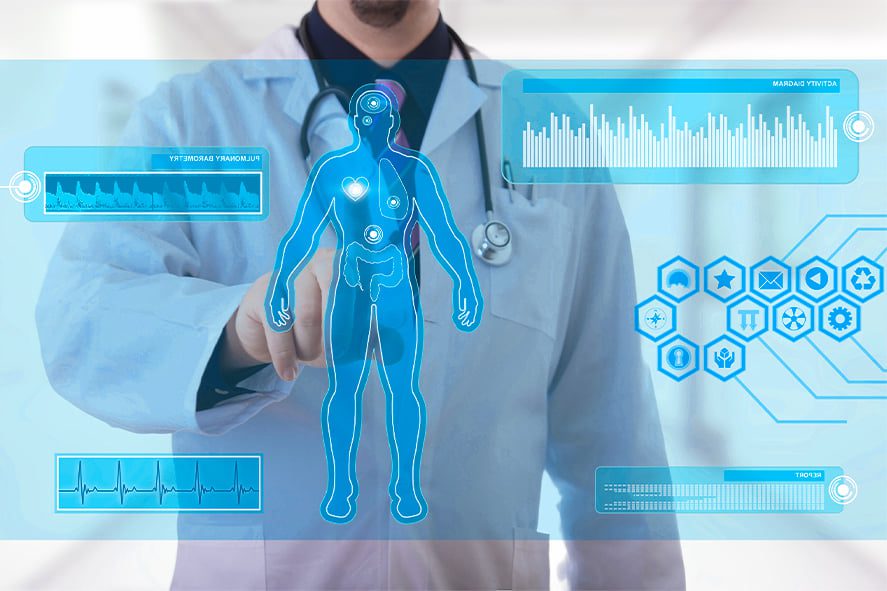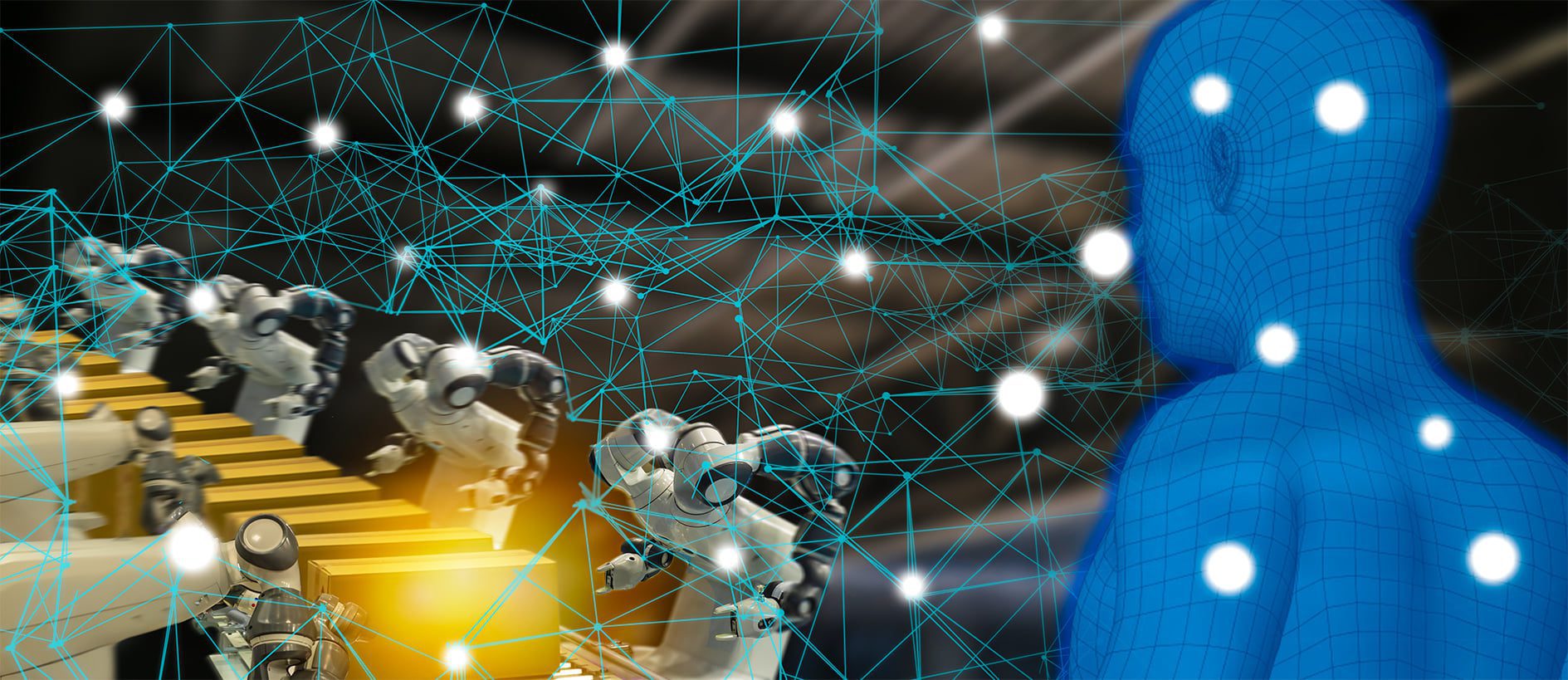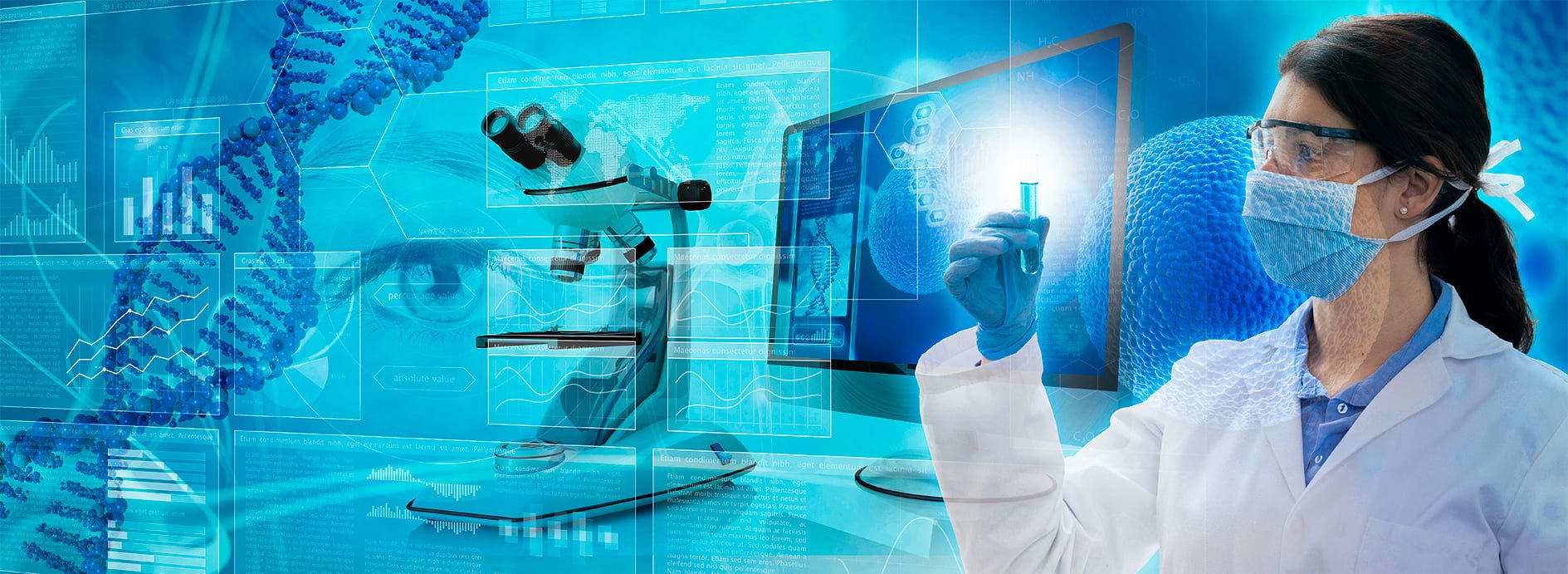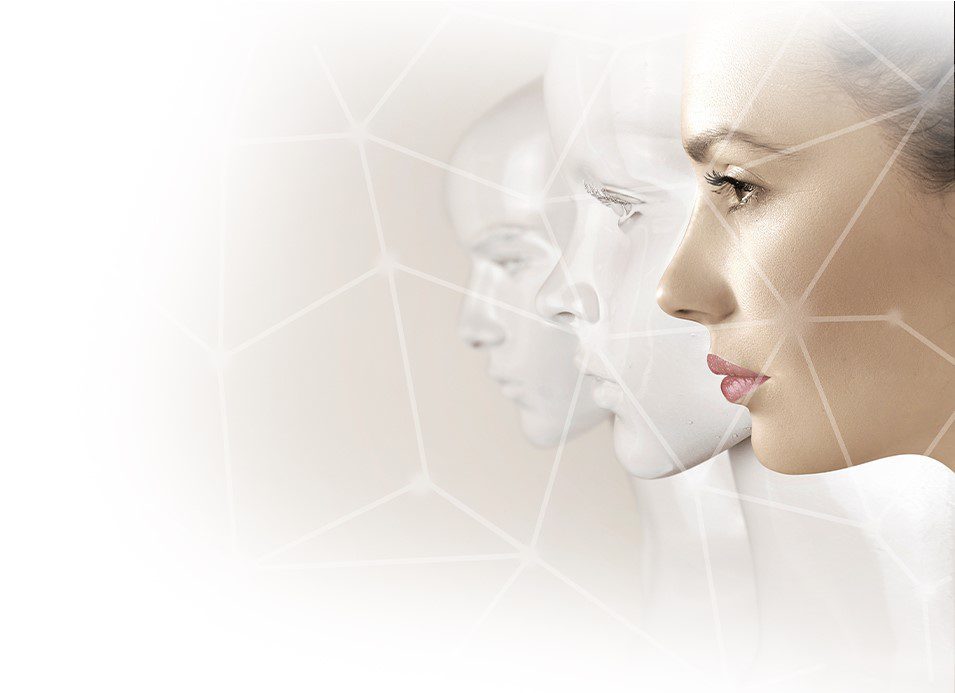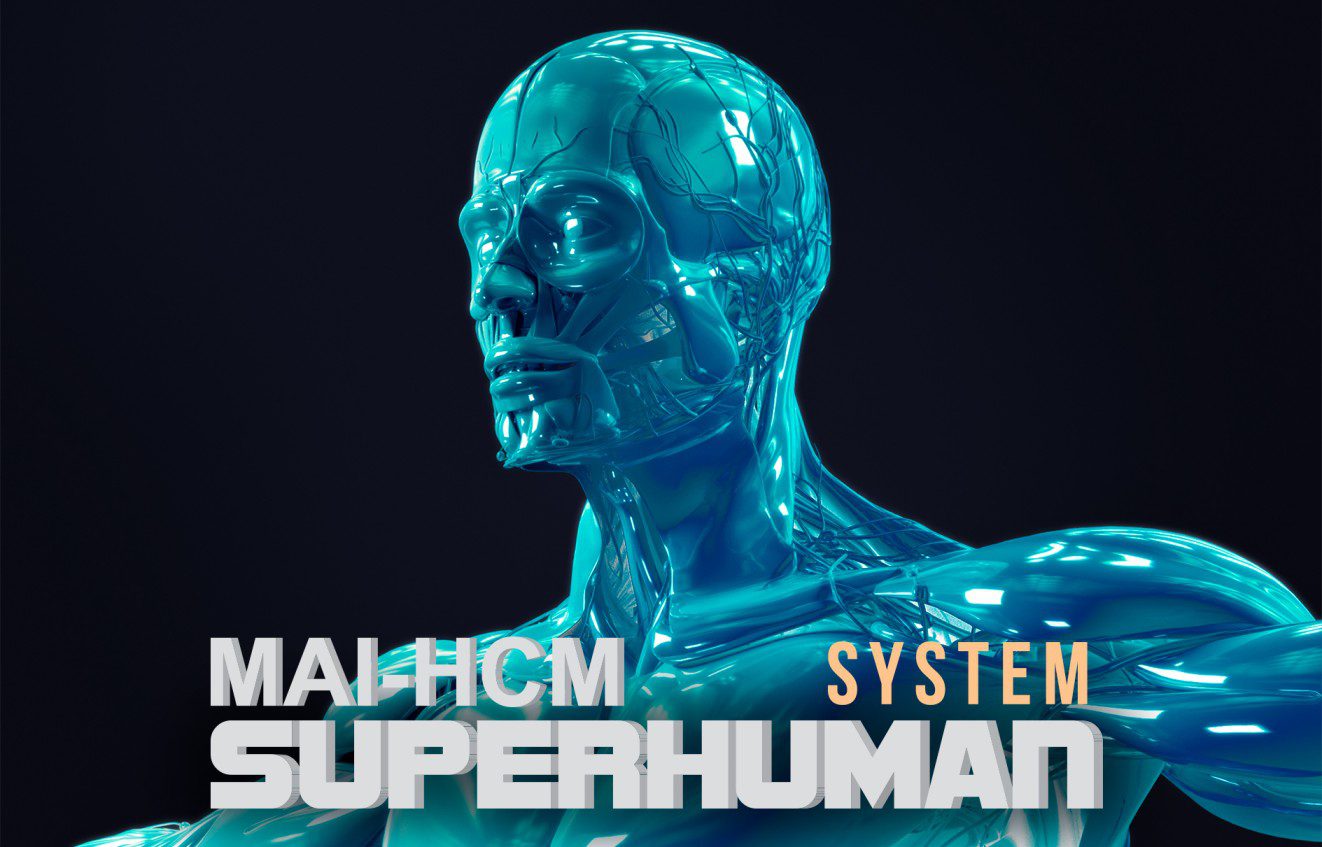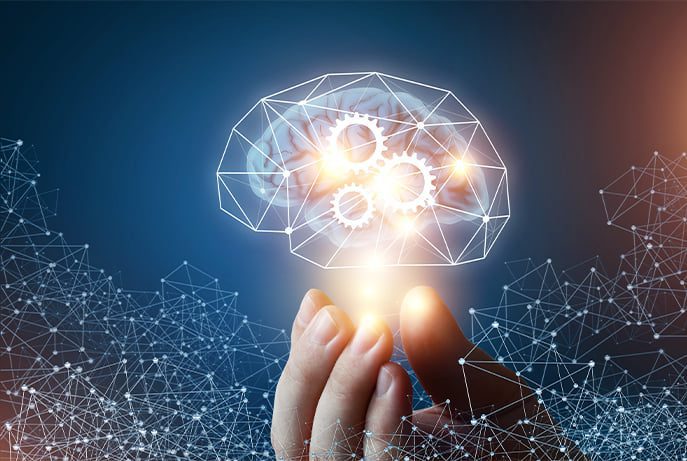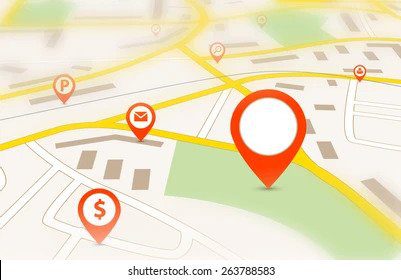The Clinician AI, Technologies and Application in the HealthCare Industry show fast development and a wide-spectrum range of applications that offer advanced patient and healthcare services.
Patient self-service is one of the models representing the new AI clinician technology with patients use AI applications to easily complete tasks such as scheduling appointments, paying bills, and filling out or updating forms via their phones, tablets, and laptops. This new AI trend allows for better, accurate and efficient cost service with fewer errors and better satisfaction.
In this module, participants gain a deep understanding of the use of AI technologies and applications in the clinician sector of the healthcare industry. They will also further learn about the growing role of robotics in supporting healthcare operation and services.
Participants further learn about the concept of self-service leverages ML and NLP engagementin analysing information, customising patient experiences, and expediting processes to increase convenience and efficiency.
Students are introduced to the modern AI concepts and application of online portals supported with chatbots to help patients compete for medication and administrative tasks. The module also focuses on using NLP supported chatbots,
concept extraction, and sentiment analysis technologies to create an interactive experience as an integrated part of the modern AI Patient self-service techniques.
The module educates students about using information and communication technology (ICT) in the healthcare industry. Students also learn how the ICT as an advanced concept that converges technologies,
such as the Internet of Things, wearable Internet, artificial intelligence, decision-making, and robot services, with gamification elements can revolutionise the healthcare services.
Additionally, participants will also learn about the role robotics played and expected to play in the healthcare industry from the time of the first Food and Drug Administration (FDA) approved robot job 'ROBODOC' appeared in California's Sutter General Hospital to the Da Vinci systems which are used in surgical practice, particularly for tasks that are too sophisticated and detailed for human hands. Students also understand the technologies and applications behind the Rehabilitation robots currently being used in various fields to aid with gait, eating, and upper limb, hand, and trunk movement. Wearable exo- skeletal robots (shoot robots, exoskeleton robots, exosuits, etc.) refer to devices attached to a specific body part, such as the arms or legs, to enhance muscle strength and endurance.






